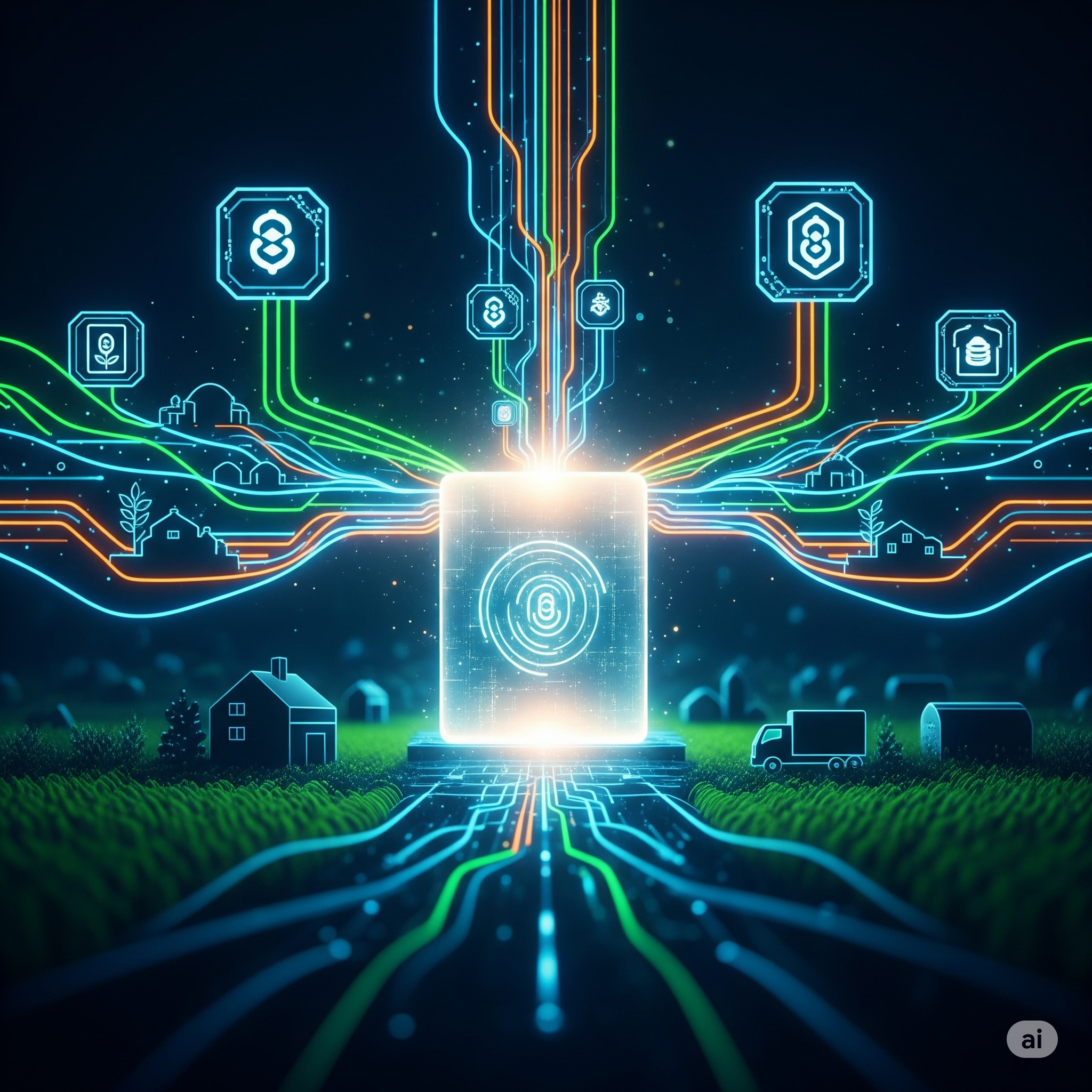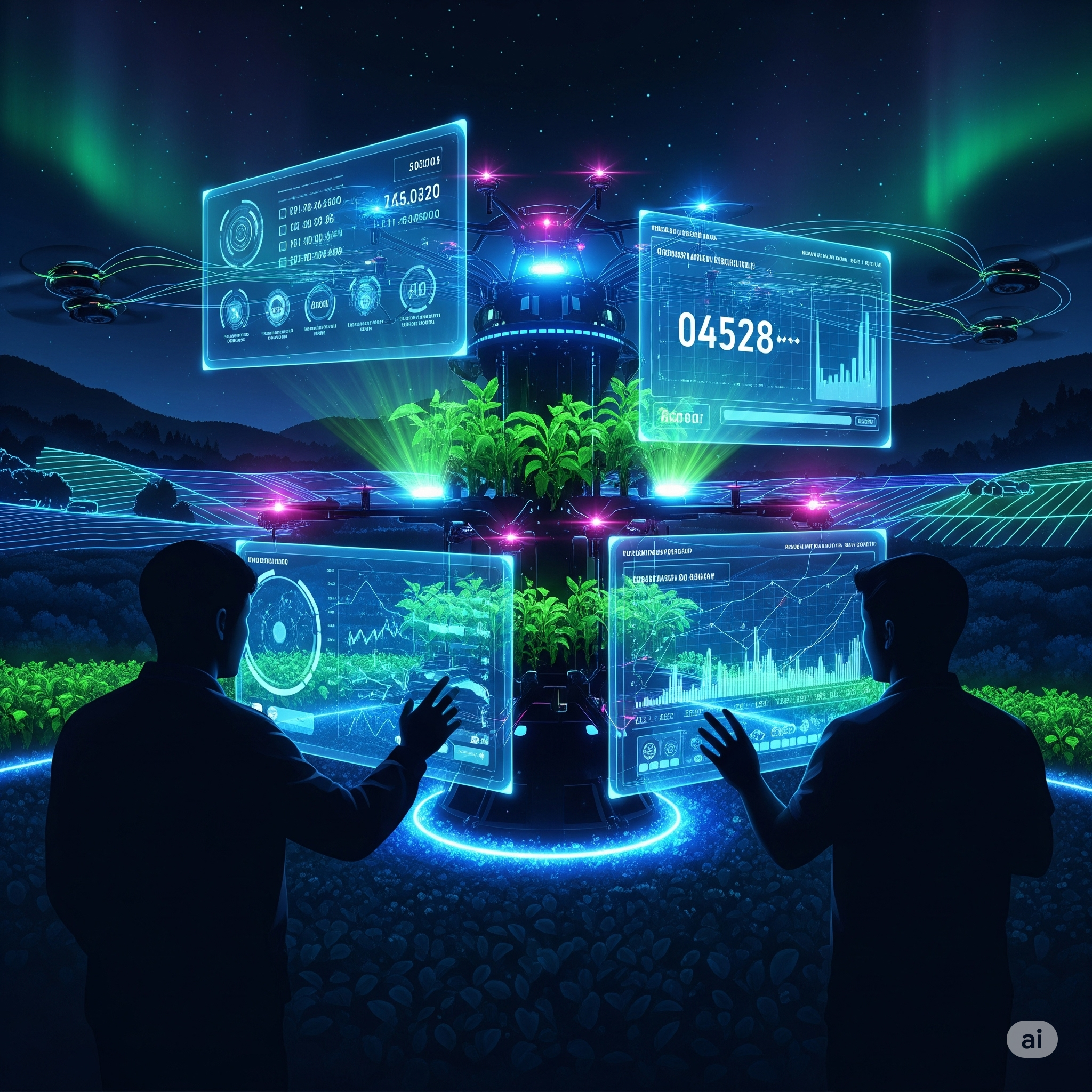Introduction
The Internet of Things (IoT) is revolutionizing the way we interact with technology. IoT refers to the network of physical devices embedded with sensors, software, and connectivity capabilities, enabling them to collect and exchange data over the internet. This interconnected system has transformed industries, homes, healthcare, transportation, and urban infrastructure, bringing greater efficiency, automation, and intelligence to daily life.
The rapid adoption of IoT is shaping the future, driving innovation in multiple fields. In this article, we will explore what IoT is, its key applications, benefits, challenges, and future trends.
What is IoT?
The Internet of Things (IoT) is a vast network of interconnected devices that communicate with each other and share real-time data. These devices range from smart home appliances and wearable gadgets to industrial sensors and autonomous vehicles.
Key Components of IoT
- Devices and Sensors – Physical objects embedded with sensors collect data (e.g., smart thermostats, fitness trackers, industrial machines).
- Connectivity – Devices connect via Wi-Fi, Bluetooth, 5G, or LPWAN (Low-Power Wide-Area Networks).
- Cloud Computing – Data from IoT devices is stored and processed in cloud platforms.
- Data Processing and Analytics – Advanced algorithms analyze real-time data for actionable insights.
- User Interface – Interaction with IoT devices through mobile apps, dashboards, or AI assistants.
Applications of IoT
1. Smart Homes
- Home Automation: Devices like smart thermostats, security cameras, and smart lighting enable remote monitoring and control.
- Voice Assistants: Virtual assistants like Amazon Alexa, Google Assistant, and Apple Siri integrate with IoT devices for hands-free control.
2. Healthcare and Wearable Technology
- Remote Patient Monitoring (RPM): IoT-powered devices track patient health conditions in real time.
- Wearable Health Devices: Smartwatches and fitness bands monitor heart rate, sleep patterns, and activity levels.
- Smart Hospitals: IoT-enabled medical equipment improves patient care and hospital efficiency.
3. Industrial IoT (IIoT)
- Predictive Maintenance: Sensors on machinery detect faults before failures occur.
- Supply Chain Optimization: IoT-powered logistics enhance inventory tracking and warehouse automation.
- Smart Manufacturing: Robotics and AI-based automation optimize production.
4. Smart Cities
- Traffic Management: IoT-based traffic lights and surveillance cameras optimize urban traffic.
- Waste Management: Smart bins with sensors optimize garbage collection routes.
- Public Safety: IoT-connected surveillance systems enhance security.
5. Transportation and Automotive Industry
- Connected Vehicles: IoT enables real-time tracking, navigation, and driver assistance systems.
- Fleet Management: Logistics companies use IoT for vehicle tracking and maintenance alerts.
- Autonomous Vehicles: Self-driving cars rely on IoT sensors and AI for navigation.
6. Agriculture and Smart Farming
- Precision Farming: IoT sensors measure soil moisture, temperature, and crop conditions.
- Automated Irrigation: Smart irrigation systems optimize water usage.
- Livestock Monitoring: IoT-enabled tracking devices monitor animal health and location.
7. Retail and Customer Experience
- Smart Shelves: Sensors track inventory levels and notify staff when restocking is needed.
- Personalized Shopping: AI and IoT analyze customer behavior to enhance shopping experiences.
- Automated Checkouts: Stores like Amazon Go use IoT for cashier-less transactions.
Benefits of IoT
1. Efficiency and Automation
- Reduces manual intervention by enabling devices to operate automatically.
- Enhances productivity in industries, agriculture, and homes.
2. Cost Reduction
- Predictive maintenance prevents costly equipment failures.
- Optimized energy consumption lowers electricity bills.
3. Real-Time Data and Analytics
- IoT generates valuable insights for decision-making.
- Businesses use real-time analytics for customer behavior analysis.
4. Improved Safety and Security
- Smart surveillance systems enhance security in homes and workplaces.
- Wearable health devices help prevent medical emergencies.
5. Environmental Sustainability
- IoT optimizes resource utilization, reducing waste and emissions.
- Smart grids improve energy distribution efficiency.
Challenges of IoT
1. Security and Privacy Concerns
- IoT devices are vulnerable to cyberattacks and hacking.
- Data privacy issues arise with the collection of sensitive personal information.
2. Connectivity and Infrastructure Issues
- Reliable internet connectivity is essential for IoT but not available in all regions.
- Compatibility issues between different IoT platforms can hinder seamless integration.
3. High Implementation Costs
- Initial setup costs for IoT systems can be expensive for businesses and consumers.
- Maintenance and data storage expenses can also be significant.
4. Data Overload and Management
- IoT generates massive amounts of data, requiring advanced storage and analytics solutions.
- Poor data management can lead to inefficiencies and security risks.
5. Ethical and Regulatory Challenges
- The ethical use of AI and IoT in decision-making processes is still under debate.
- Governments need regulations to ensure data protection and security compliance.
Future Trends in IoT
1. 5G and IoT Expansion
- 5G networks will provide faster, more reliable connectivity for IoT devices.
- Low-latency connections will enable real-time interactions in critical applications like healthcare and autonomous driving.
2. AI and Machine Learning Integration
- IoT combined with AI and ML will enhance automation and predictive analytics.
- AI-driven chatbots and voice assistants will improve user experiences.
3. Blockchain for IoT Security
- Blockchain technology will enhance IoT security by decentralizing data management.
- Secure, tamper-proof transactions will increase trust in IoT applications.
4. Edge Computing
- Instead of relying on centralized cloud computing, edge computing will process IoT data closer to the source, reducing latency.
- This will improve response times for critical applications like autonomous vehicles and smart grids.
5. IoT in Smart Healthcare
- Wearable health devices will become more advanced with real-time AI diagnostics.
- Telemedicine and remote patient monitoring will expand healthcare accessibility.
6. Environmental and Green IoT
- Smart grids and renewable energy integration will support sustainable development.
- IoT-driven climate monitoring solutions will help combat environmental challenges.
Conclusion
The Internet of Things (IoT) is transforming industries and daily life by enabling smart, interconnected ecosystems. Its applications range from smart homes and healthcare to industrial automation and smart cities. While IoT offers numerous benefits like efficiency, automation, and cost savings, challenges such as security risks, privacy concerns, and high implementation costs must be addressed.
As 5G, AI, and blockchain continue to advance, IoT will evolve further, unlocking new possibilities. The future of IoT promises enhanced security, better automation, and improved sustainability, paving the way for a smarter, more connected world.




